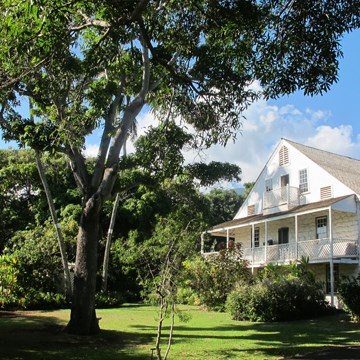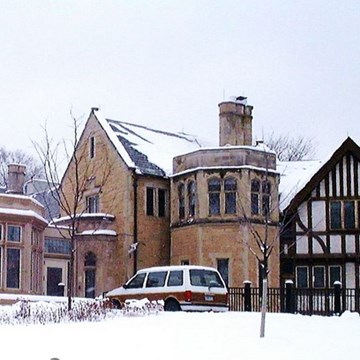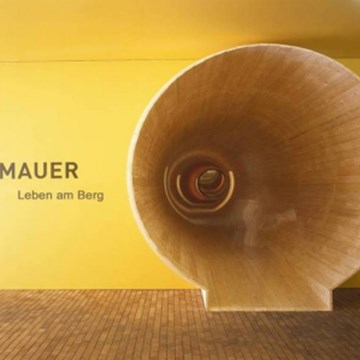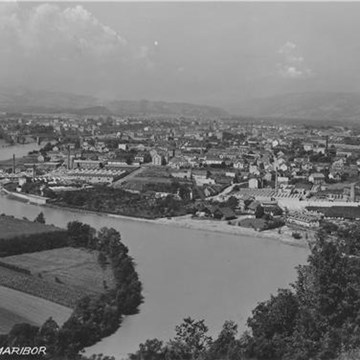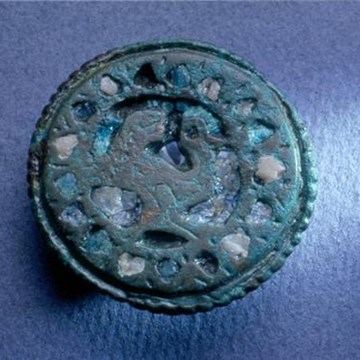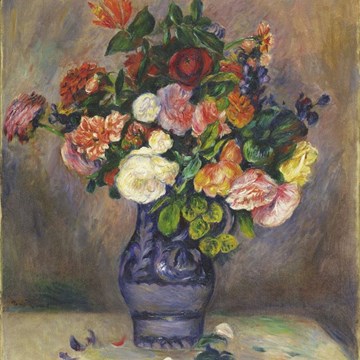Sideways. Small, intimate displays at the Museum Berggruen. Raoul Dufy - Henry Matisse
Picasso, Klee, and Matisse are the undoubted stars at the Museum Berggruen. The new exhibition series 'Sideways' directs our gaze to the lateral regions of the collection by tilting the spotlight onto those artists represented by just a single work: Raoul Dufy (with a miniature architectural ceramic work designed to hold small plants), Alexander Calder (with a delicate mobile), and Henri Laurens (with a bronze figure of a pregnant woman).
In the first half of the 20th century, all the artists in the collection added their voice to an intense and lively discussion on key artistic questions such as: What is the principal function of art, if its declared aim is no longer to imitate nature? Can a work of art instead give rise to its own reality? And if so, how should this come about? The remarkable density of high-calibre works in the Museum Berggruen's collection allows viewers to clearly see how the artists of the Modernist period experimented with precisely these questions. 'Sideways' explores modern art through the prism of a handful of individual objects. Each of the three instalments in the series features an extraordinary artwork by Dufy, Calder, and Laurens. Their works spark paired dialogues with other artists in the collection: Raoul Dufy and Henri Matisse (24 October 2014 to 22 February 2015), Alexander Calder and Paul Klee (spring 2015), and Henri Laurens and Pablo Picasso (summer 2015).
Painting and the graphic arts take centre stage at the Museum Berggruen. 'Sideways' now shifts the emphasis to other art forms: ceramics, kinetic sculpture, and statuettes. An accompanying programme of events explores the unique qualities of these media as seen through the striking exhibits by Dufy, Calder, and Laurens.
Part I: Raoul Dufy - Henri Matisse
24 October 2014 to 22 February 2015
The first instalment of 'Sideways' focuses on a fanciful object created by the French artist Raoul Dufy (1877-1953): a painted ceramic work from 1927. As the viewer follows its edges adorned with real palm trees, it suddenly transforms into a fountain square with a Mediterranean feel, surrounded by shady vegetation. This unique piece rests on a delicate, high-legged, bronze table designed in 1957 by Diego Giacometti (1902-1986) specifically for its display.
Raoul Dufy's ceramic object is surrounded by oil paintings, cut-outs, and drawings by Henri Matisse (1869-1954). Early in his career, Matisse was one of a group of young artists known as the 'Fauves' and participated in their 1905 exhibition in Paris; Dufy was fascinated by both the bright colours of their paintings and their flat surfaces inspired by the ornamental designs of North Africa. Inspired by a trip to Morocco, Dufy's 'Oriental Patio' evokes a core theme in modern art: wanderlust, the longing for far-away places, and for artistic renewal through the use of artistic idioms from other cultures.
Besides painting and ceramics, Dufy also made wall decorations, textile designs, and book illustrations. The exhibition gives viewers a glimpse of Dufy's unmistakable style, as seen in a few additional exhibits, including his charming lithographs for Guillaume Apollinaire's story, The Poet Assassinated (1916), which Dufy created in 1926.
Exhibitions and events

Picasso and his Time
Permanent exhibitionOn 16 March 2013, the Museum Berggruen, part of the Nationalgalerie, will reopen its doors to present to the public its famous collection of Modern Art. The museum, which until now was completely...
Activities from this museum
We don't have anything to show you here.


